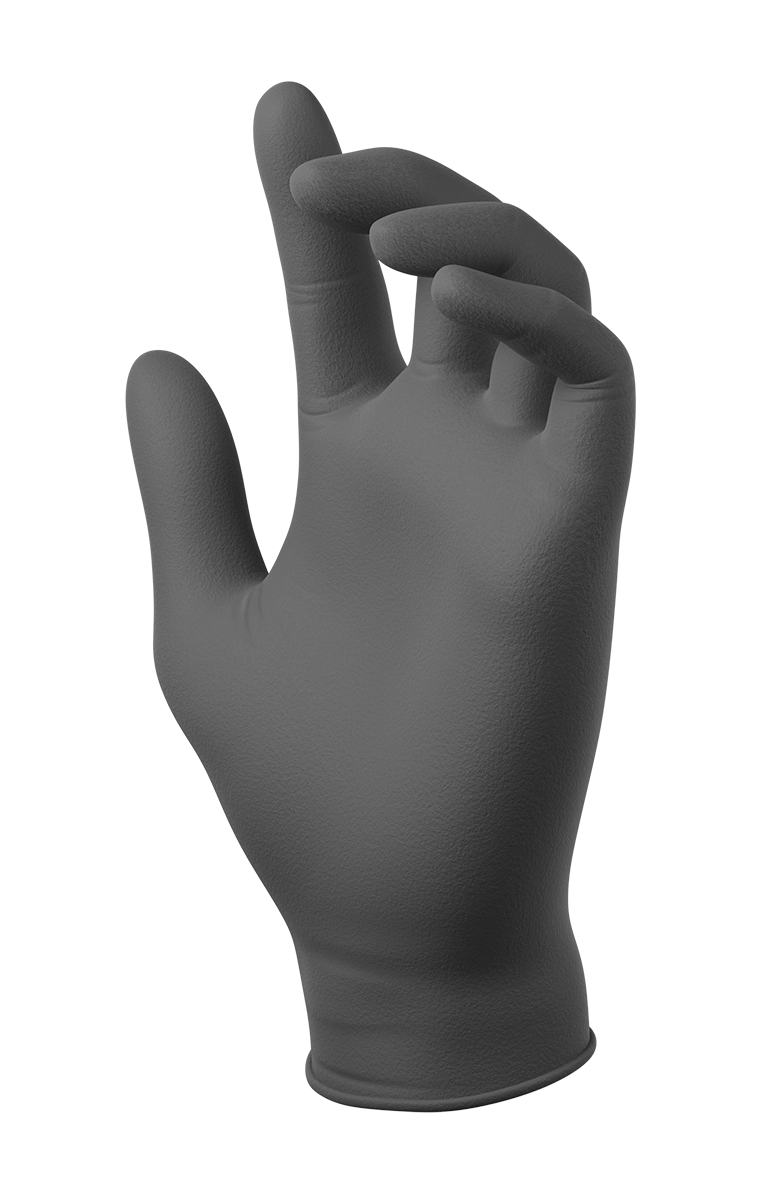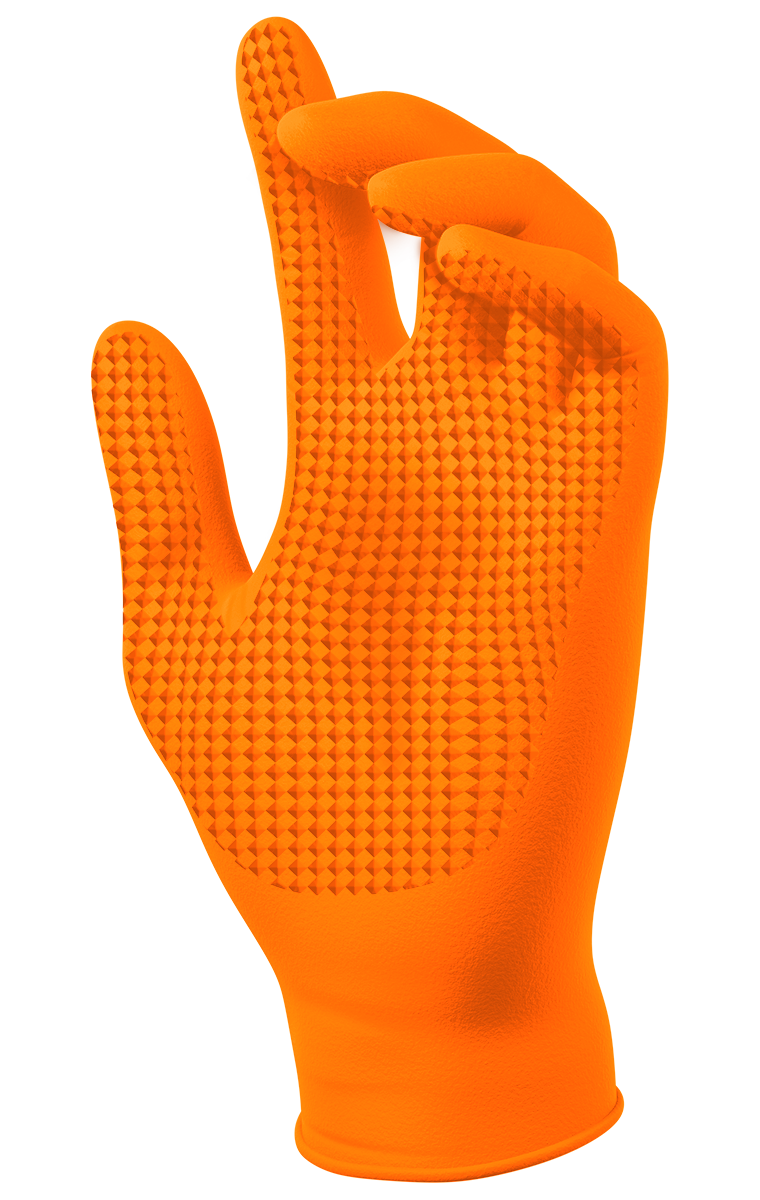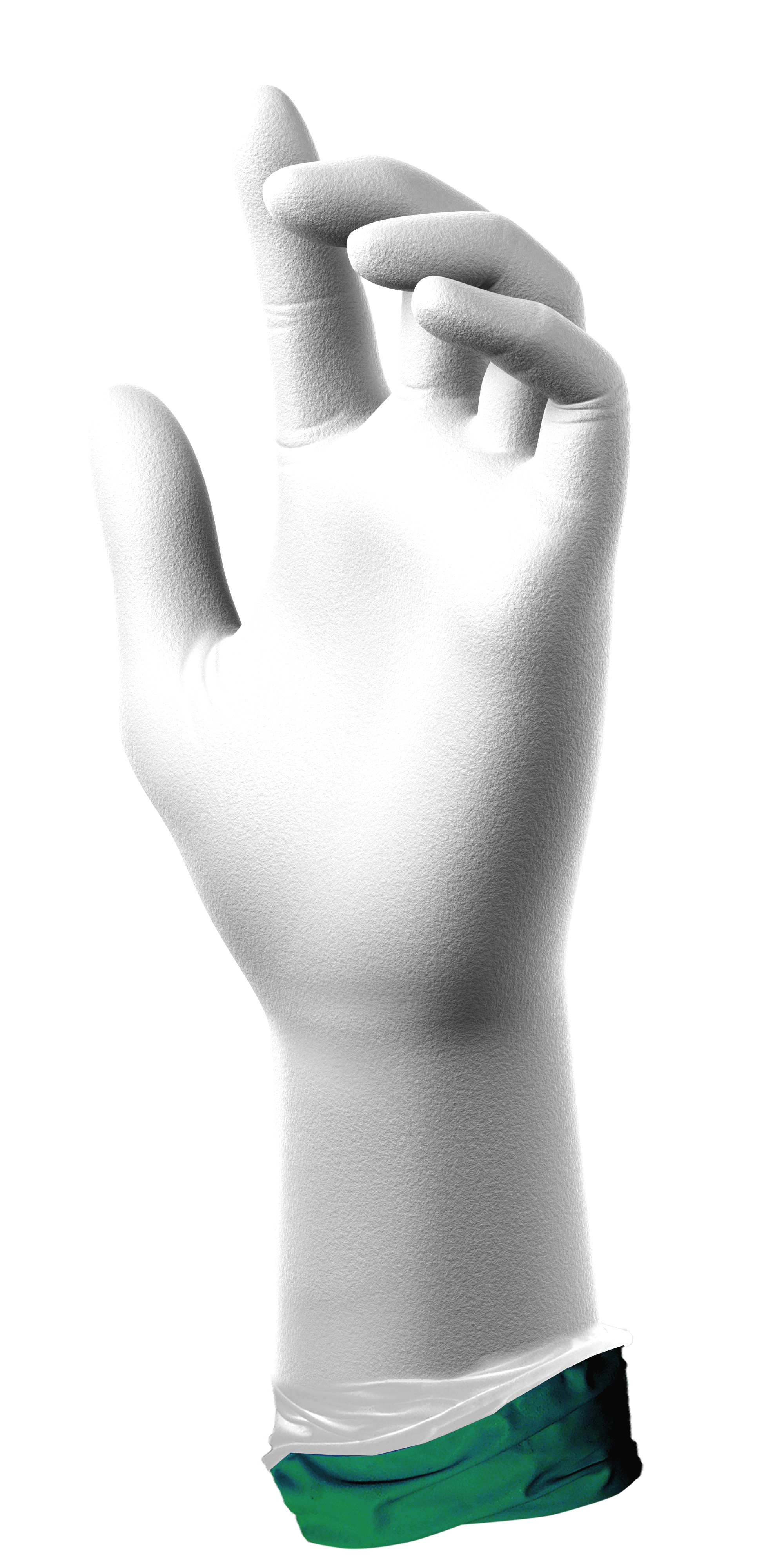Glove Intelligent Assistant
05.02.2023

Veterinarians are responsible for providing high-quality care for a wide range of animals, from pets to livestock to wildlife. In order to do this safely and effectively, they must protect themselves and their patients from the transmission of harmful microorganisms and chemicals. One of the most important tools in a veterinarian’s arsenal for achieving this is gloves.
Veterinarians examine animals, draw blood, administer injections, and perform surgeries and dental examinations, and may require either examination or surgical gloves. They also perform tasks like delivery and nursing, breeding, sperm collection, chemicals and medicine handling.
The primary reason veterinarians use gloves is to prevent the transmission of diseases from animals to humans and vice versa. Animals can carry a wide range of microorganisms that can cause infections, some of which can be transmitted to humans.
Gloves also protect veterinarians from exposure to chemicals such as disinfectants, medications, and anesthetics. These chemicals can cause skin irritation or absorption through the skin, which can be harmful to both the veterinarian and the animal.
In addition to protecting the veterinarian, gloves also protect the animal being treated. For example, gloves can prevent the transmission of microorganisms from the veterinarian’s hands to the animal’s body, which can cause infections. Gloves can also help prevent injuries to the animal by providing an extra layer of protection against scratches, bites, and other injuries.
 |
   |
TrueForm is made for those who rely on daily hand protection to provide ease of use and high dexterity. With TrueForm, quality is designed into every single style using exacting manufacturing processes for tip-to-cuff consistency, glove after glove.
 |
        |
PowerForm brings new hand protection technologies to workplace performance. From sweat management to enhanced grip design, PowerForm features enable workers to execute tasks with more confidence. PowerForm focuses on functional advancements to optimize on-the-job performance every day.
For Veterinarians’ non-surgical procedures, SW’s line of TrueForm and PowerForm Gloves will provide adequate protection, tactile sensitivity and durability.
Providing a strong barrier between their skin and the animal’s bodily fluids, which can contain harmful bacteria and viruses. These gloves are approved by FDA as medical grade with higher quality and has been tested to resist penetration from viruses and micro-organisms.
Tactile sensitivity is another important consideration. Reduce tactile sensitivity will make it more difficult to feel small changes in tissue texture or locate veins during injections. The lack of precision can lead to errors during the procedure.
Lower quality gloves tend to be less durable and prone to punctures or tears. SW’s consistent thickness from finger to cuff results to more durable gloves.
Disposable latex gloves: These gloves are the most traditional and widely used gloves in veterinary medicine. They are inexpensive and provide good tactile sensitivity, making them suitable for a wide range of procedures.
Nitrile gloves: These gloves are a good alternative to latex gloves for individuals with latex allergies. They provide similar levels of protection and tactile sensitivity to latex gloves.
Vinyl gloves: These gloves are also a good alternative to latex gloves for individuals with latex allergies. However, they are less durable and less resistant to tears and punctures than latex or nitrile gloves.
Long-cuffed gloves: These gloves are longer than traditional gloves and extend up to the forearm. They are commonly used for procedures that require more extensive coverage, such as rectal examinations or surgery.
Choosing the right type of glove depends on several factors, including the veterinarian’s personal preference, the specific procedure being performed, and any known allergies or sensitivities of the veterinarian or the animal being treated.
To ensure maximum protection for both the veterinarian and the animal being treated, it is important to follow best practices for using gloves in veterinary medicine. These include:
In conclusion, gloves are an essential part of safe and effective animal care in veterinary medicine. By protecting veterinarians and animals from the transmission of harmful microorganisms and chemicals, gloves play a crucial role in ensuring the health and well-being of both the veterinary professionals and their patients. Choosing the right type of glove and following best practices for glove use are critical for achieving the best possible outcomes in veterinary care.